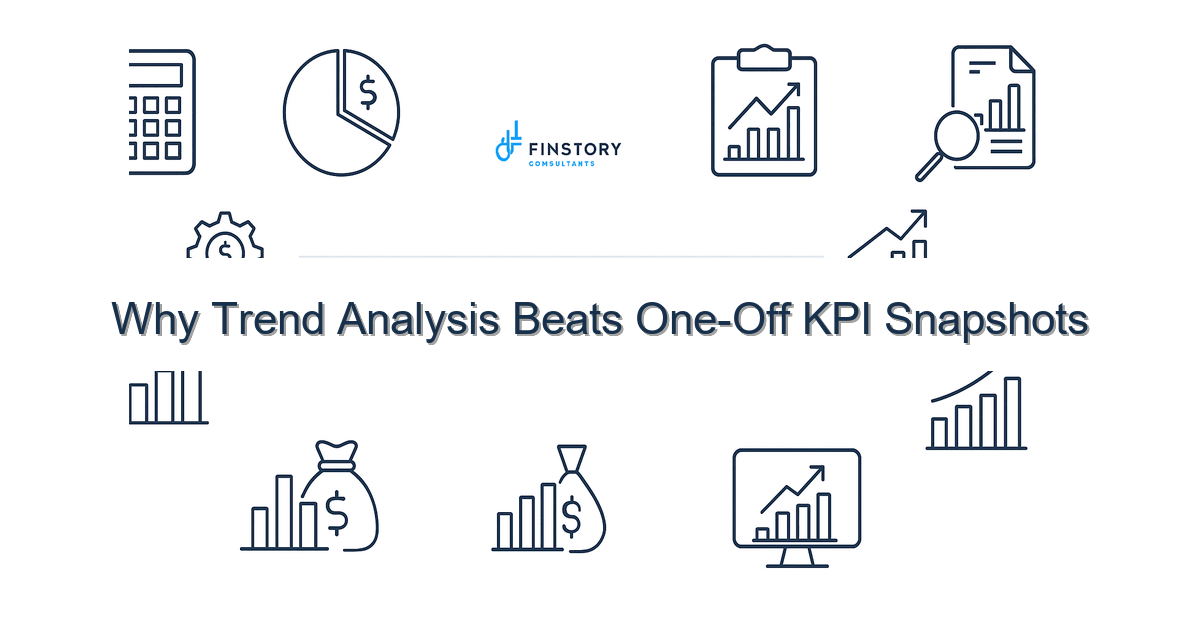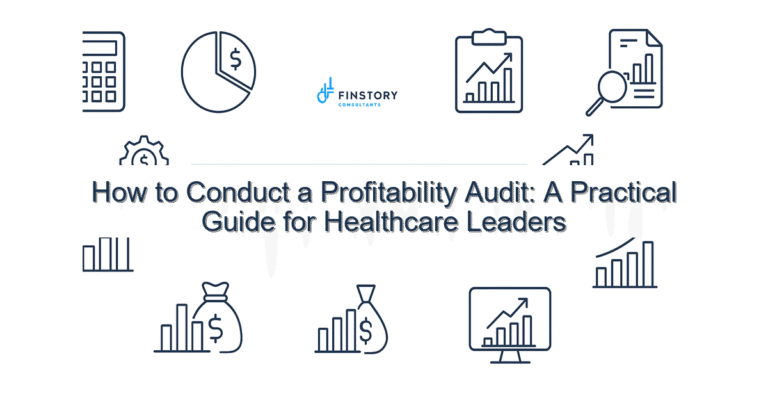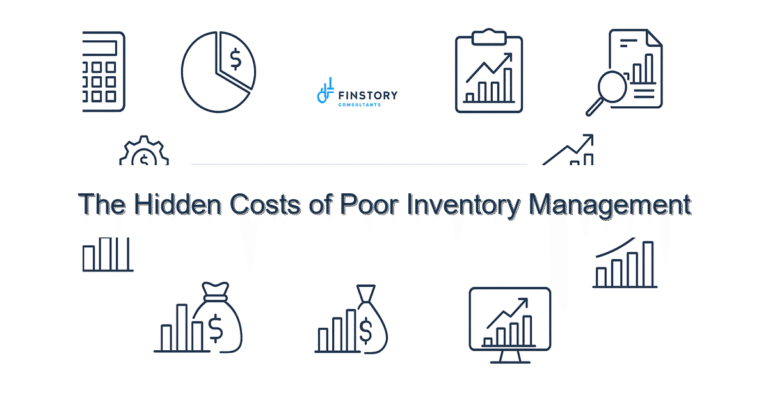Why Trend Analysis Beats One-Off KPI Snapshots
You get a dashboard every Monday with last month’s KPIs and feel the pressure to explain variances. It looks precise—until next month flips the story. You deserve metrics that guide timely decisions, not metrics that spark defensive meetings.
Summary: Move from single-point KPI snapshots to trend analysis and you’ll catch slow-moving risks, improve forecasting, and cut reaction time. The win: clearer decisions, fewer surprises, and better alignment between operations and finance.
What’s the real problem?
Healthcare is messy: seasonal patient volumes, supply price shifts, staffing churn, and reimbursement changes. A one-off KPI (last month’s occupancy, net revenue, or supply cost) can mislead because it hides momentum and variability.
- Symptom: You scramble after a bad monthly report and then discover the problem started three months earlier.
- Symptom: Month-to-month volatility prompts knee-jerk staffing adjustments that increase agency spend.
- Symptom: Finance explains a surprise variance with a long, defensive deck instead of a concise corrective plan.
- Symptom: Leaders argue over whether a trend is noise or a real shift, slowing decisions.
What leaders get wrong
Most leaders mean well, but they rely on convenience over clarity. Here are common, avoidable pitfalls.
- Fixating on a single period. A strong or weak month becomes a story, not a signal.
- Mistaking volatility for trend. Without smoothing and context, random swings look like strategy failures.
- Using too many KPIs. Too many charts create paralysis; the real drivers get lost.
- Waiting for perfect data. Waiting increases risk; imperfect trends beat late certainty.
A better approach
Trend analysis doesn’t require magic—just a simple, disciplined process. Here’s a practical 4-step framework you can adopt immediately.
- Define core rolling metrics. Pick 5–8 KPIs tied to outcomes: net revenue per adjusted discharge, labor cost per patient-hour, average length of stay, supply cost per case, and cash burn. Track them on rolling 3-, 6-, and 12-month windows.
- Smooth and segment. Use centered moving averages or rolling percent change to damp noise. Segment by service line or facility to see where trends are originating.
- Set trigger zones, not single targets. Define warning and action thresholds (e.g., 3% change over 3 months triggers a review; 7% triggers corrective action).
- Close the loop with a short action plan. For each trigger, assign a two-week diagnostic and a 60-day fix owner. Track outcomes on the same trend charts.
Real-world example: A mid-size health system saw supply costs appear stable month-to-month. Trending on a 6-month rolling basis showed a steady 4% increase in joint-implant costs. Early detection led to a targeted vendor negotiation and a switch of one SKU line, saving the system 12% on related spend over six months—without disrupting OR schedules.
Quick implementation checklist
- Pick 5–8 KPIs that map to financial and operational goals.
- Create rolling 3-, 6-, and 12-month views for each KPI.
- Apply simple smoothing (3-month moving average) to reduce noise.
- Segment KPIs by service line, site, and payer mix.
- Define warning/action thresholds for each metric.
- Build a one-page trend dashboard for leadership review.
- Assign owners for diagnostics and fixes when thresholds are exceeded.
- Automate data feeds from GL, patient accounting, scheduling, and inventory.
- Run a 30-day pilot on one service line before scaling.
What success looks like
When trend analysis is working, you’ll see measurable improvements:
- Forecast accuracy improves by 10–25% for revenue and expense lines.
- Decision cycle time falls—monthly review to action reduces from 14 days to 4 days.
- Operational variance decreases—fewer surprise budget hits (>50% fewer unexpected variances over a year).
- Labor cost per patient-hour reduces by 3–7% through smarter staffing adjustments.
- ROI on analytics: Many teams recover the initial tooling and effort within 6–9 months through avoided costs and better contract negotiations.
Risks & how to manage them
Trend-based approaches are powerful, but not without risks. Here are the top three and easy mitigations.
- Risk: Poor data quality creates false trends. Mitigation: Start with a few trusted feeds (GL, payroll, supply invoices). Add data governance gates: source checks and reconciliation rules.
- Risk: Overreacting to early signals. Mitigation: Use tiered triggers (warning vs action) and require a short diagnostic before major interventions.
- Risk: Change resistance among managers. Mitigation: Run a short pilot, celebrate quick wins, and train managers to read trend charts, not just snapshots.
Tools & data
The right tools make trend work scalable. Finance automation to consolidate ledgers, coupled with visual tools like Power BI, gives leaders readable trend dashboards. Connect source systems—EHR scheduling extracts, patient accounting, inventory management, payroll—to reduce manual reconciliation.
Start with automated feeds into your FP&A model, then visualize in Power BI or your leadership reporting tool. Keep the dashboard focused: one page per leader, three action-oriented charts each.
Next steps
If this resonates, try a quick pilot: pick one KPI, build a 6-month rolling view, and set a simple trigger. Meet in two weeks to review the signal and decide on a diagnostic. If you’d like help standing this up faster, contact Finstory for a short assessment—we’ll map the data, design the dashboard, and run the pilot with your team.
Work with Finstory. If you want this done right—tailored to your operations—we’ll map the process, stand up the dashboards, and train your team. Let’s talk about your goals.
📞 Ready to take the next step?
Book a 20-min call with our experts and see how we can help your team move faster.
Prefer email or phone? Write to info@finstory.net
or call +91 44-45811170.






